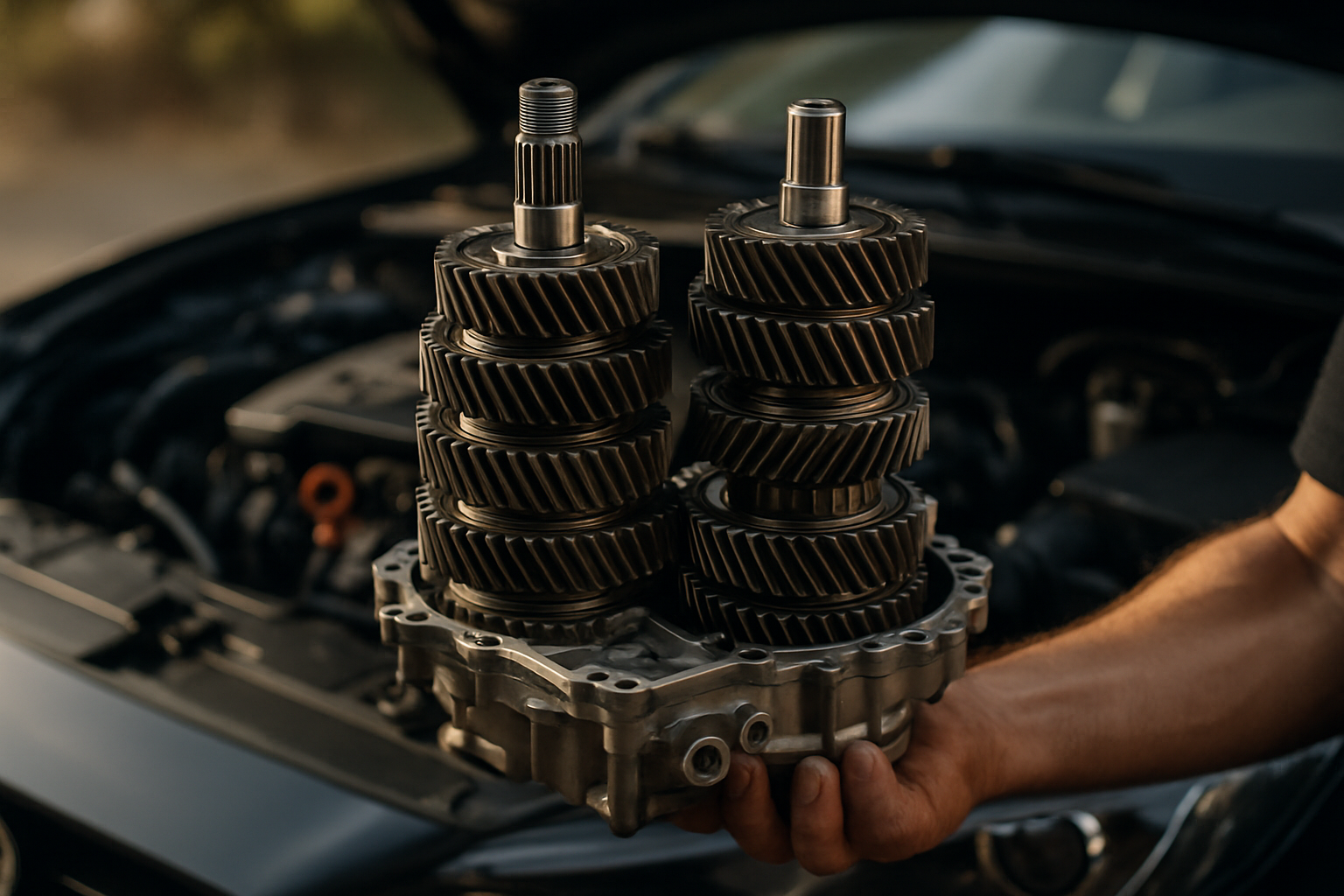Shifting Gears: Unraveling the Intricacies of Dual-Clutch Transmission Systems
The roar of an engine, the exhilarating acceleration, and the smooth transition between gears—it's the stuff of automotive dreams. But behind this seamless driving experience is an intricate technology that often does not get the limelight it deserves—the dual-clutch transmission system.

Unpacking the History of Dual-Clutch Transmission
Before we delve into the world of dual-clutch transmission, it’s important to understand its roots. The earliest known concept of a dual-clutch transmission was birthed in the mind of French engineer Adolphe Kégresse, who filed a patent in 1935. However, the idea was far ahead of its time and did not gain traction until Porsche developed and implemented it in their 956 and 962 Le Mans race cars in the 1980s. Today, this technology is increasingly becoming a staple in both performance and mass-market vehicles.
The Mechanics of Dual-Clutch Transmission
The dual-clutch transmission is a type of automated manual transmission, which uses two separate clutches for odd and even gear sets. This allows for faster, smoother shifts and improved fuel efficiency. While one clutch is engaged with the current gear, the other pre-selects the next gear according to the driver’s acceleration or deceleration. The result? Near-instantaneous gear changes that enhance driving performance and pleasure.
Current Trends in Dual-Clutch Transmission Technology
The automotive industry is continually evolving, and dual-clutch technology is no exception. One of the most recent developments is the integration of ‘wet’ and ‘dry’ clutches. Wet clutches are bathed in a cooling lubricant, which makes them better suited for high-performance vehicles due to their enhanced heat dissipation capabilities. Conversely, dry clutches do not use a lubricant and are more fuel-efficient, making them ideal for smaller, more economical cars.
The Impact of Dual-Clutch Transmission Systems
The adoption of dual-clutch transmission systems offers many benefits, such as improved fuel efficiency and enhanced driving dynamics. However, it also presents challenges. For instance, these systems are more complex and expensive to produce and repair than their manual or traditional automatic counterparts. Additionally, some drivers find the driving experience to be less engaging, as the technology eliminates the need for manual gear changes.
The Road Ahead for Dual-Clutch Transmission
As we look towards the future, it’s clear that dual-clutch transmission systems will continue to play a significant role in the automotive world. With constant technological advancements and an increasing demand for more efficient, performance-oriented vehicles, the potential for this technology is vast. However, it will be intriguing to see how dual-clutch systems evolve in response to the challenges they face, and how they adapt to the ever-changing landscape of the automotive industry.
In conclusion, the dual-clutch transmission system, with its fascinating history, intricate mechanics, and substantial impact on driving, is an automotive marvel worth exploring and understanding. It’s a testament to the relentless innovation and technological prowess of the auto industry—a field that never ceases to shift gears and drive forward.





